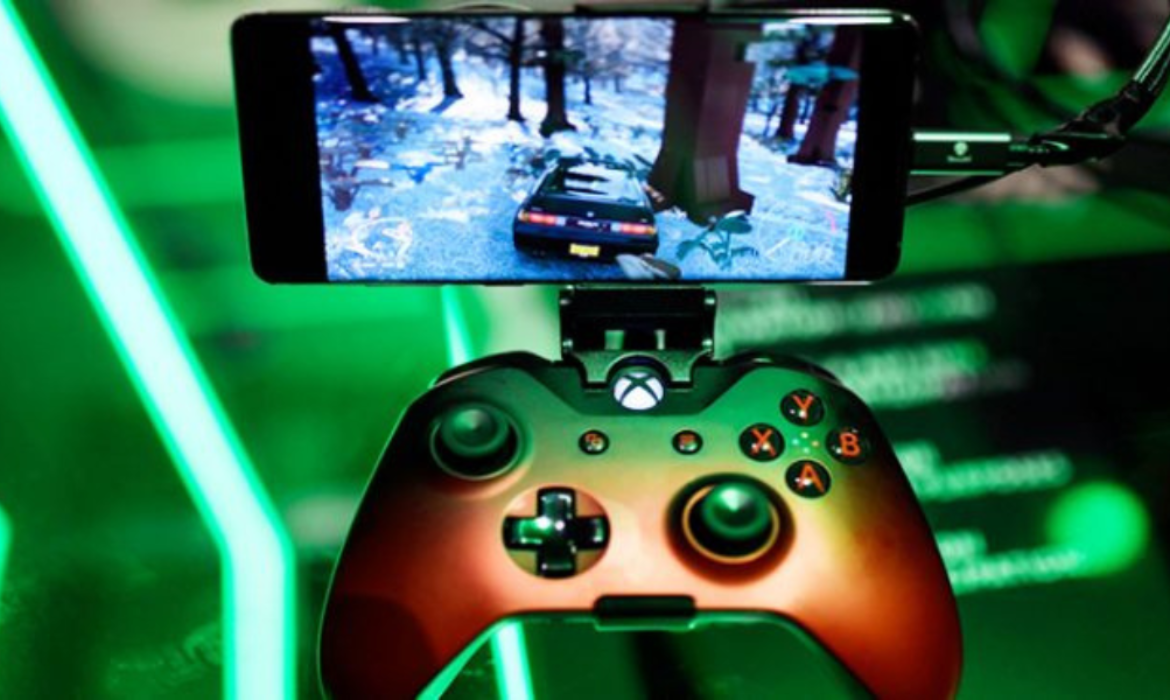Your Ultimate Guide to Understanding Gaming Advertising
Of the wide economic disruption caused by the pandemic, the global gaming industry is thriving. With people sheltering at home, gaming is surging. Nielsen survey reveals that 82% of global consumers played video games and watched video game content.
The global video game market is estimated to be worth $159 billion in 2020. However, marketers are facing a distinctive challenge of activating in an environment different from traditional media. Recently concluded weeklong NewsFronts presentation discussed marketers’ approach towards the growing gaming and esports industry.

Image Credit: Newzoo
Esports has gained momentum due to the tech-savvy and digitally-advanced millennials. Currently, it is very popular and is the new epicenter.
How To Activate And Maximize Brand Visibility?
Gaming is a fragmented market. Marketers can approach in different ways to tap into the competitive industry by partnering with influencers, buying on platforms, or directly going to gaming publishers.
As per Adweek reports, Douglas Veney, influencer and esports marketing manager at Nestlé, said they have partnered with influencers to drive engagement with fans.
“We can really take it from the influencer level and then build upon that approach to move into … more platform level things that are a little bit deeper down the funnel for that.”
Contradictory, the Hershey company finds influencer marketing space is highly crowded and is hard to attract attention. Another challenge for the company is to find a cost-effective strategy to run an always-on campaign in the gaming space since a similar gaming audience can be found on YouTube at a lower cost.
Another interesting case to study is on Horizon Media’s Scout Sports and Entertainment group partnered with esports team FaZe Clan who helped Burger King introduce its new plant-based burger to a young audience with its three-step approach.
The holistic three-step approach – a YouTube taste-test video, followed by a Fortnite live stream where Burger King discounts were offered, and a meet-and-greet at a local Burger King restaurant.
Nico Amantia, senior account executive at Scout Sports and Entertainment told Adweek,
“That holistic, three-pronged activation allowed us to spread awareness digitally, but also have that face-to-face interaction with fans and really give them something back, which really allowed us to have a very successful campaign.”
Understand Its Implication:
One thing is clear that gaming and esports are an upward trend with a massive audience reach. According to eMarketer, 2020 U.S. gaming ad revenues are expected to reach $3.67 billion, and esports ad revenues are estimated to reach $214 million.
Although it is watched in a TV-like environment, it cannot expect the same response from a 15 min pre-rolled ads in the gaming world. David Messinger, CMO of Activision Blizzard quoted in Adweek,
“The major mistake that people make is to take the assumptions about other forms of media and try to take it into the world of gaming,”
Marketers should look to a long-term transformation -take time, approach things properly, and build on the bets to reap the benefits as gaming and esports ads are still in the nascent stage.
Messinger further added,
“Someone who comes in and starts today may feel like they’re behind, but they’re really at the beginning of what the future is going to be.”
Read More: Mobile Gaming Industry Bank On People Locked Inside Homes Due To COVID-19.
Mobile Gaming Industry Bank On People Locked Inside Homes Due To COVID-19.
- Even as stock markets plummet two sectors actually doing well are streaming services and online gaming.
- The mobile-gaming category is finding the brightest spot even as other businesses face the heat of countrywide lockdown owing to coronavirus outbreak.
- The mobile gaming category is more than a $60 billion-a-year market and seeing a massive surge in ad revenue.
Even as businesses across sectors face the heat of lockdown owing to coronavirus pandemic, online gaming has witnessed a welcome spike. There are more than 2.6 billion gamers, each spending over eight hours per week playing worldwide.
Why it matters
As hanging out gets difficult, gamers are active members of their communities, socializing with each other and exploring the virtual world – A world free of coronavirus. Recently, Netflix CEO admitted that when it comes to screen time, video games and not streaming services is their biggest competitor. For instance, Netflix has 167 million members, whereas one of Epic’s games, Fortnite, has over 200 million users.
Driving the news
Video games used to be played on big screens through expensive consoles but now when we think of video games, we will think of our mobile phones instead. Mobile gaming is emerging as a dominant digital ad platform and marketers are planning to leverage it as the world goes online from home.
- The months of quarantine and pandemic has changed brand engagement with the consumers. People are streaming entertainment, watching the news, and engaging with friends and family on playing games especially mobile games. Therefore, marketers are reimagining their brands and agencies are restructuring to communicate effectively on behalf of the brand and seize every opportunity on the way.
Yes, the trends are changing. The future of addressable video lives is now in the palm of your hands. The app is your TV and mobile gaming is primetime.
By the numbers: AdColony new survey in March 2020 showed mobile gaming jumping more than 24 percent as the mobile audience grew more reliant on smartphones for entertainment while sheltering in homes.
- Increase in mobile game downloads by 60 percent compared to the 30-days before the survey month March.
- The increase in casual mobile games is 28 percent whereas board game downloads grew 16 percent and there were major acquisitions too.
- Word game download grew 8 percent with a six percent lift in the already high number of sessions.
- Hardcore gamer categories like action, adventure, and role-playing have started to move upward.
61 percent of marketers polled said the coronavirus situation is leading to changes in content that they are comfortable having their ads placed adjacent to.
The big picture
Mobile games have more reach than traditional T.V. Additionally, they are backed by the best parts of digital buys – addressability, creativity, analytics, and attribution. This allows advertisers an opportunity to rethink how to leverage sight, sound, and motion to engage customers combined with the surge in users.
With In-app gaming, the brand is safe and accountable. For viewability, fraud, and accuracy, measurement vendors have built programmatic solutions, and data is defined and virtually universally accessible. In these uncertain times, the app has a lot of scope with innovative opportunities for smart marketers to go big on consumers.



